When we think of fruits, most of us picture sweet, juicy treats like berries or peaches — the stars of desserts and smoothies. But in kitchens around the world, many fruits play an entirely different role: adding complexity, acidity, or a meaty texture to savory dishes. From avocados in guacamole to tomatoes in pasta sauce, these fruits elevate main courses, salads, salsas, and even pickles with flavors that are more umami, tart, or earthy than sugary.
Some of these fruits are naturally low in sugar, others bring a mild tang or rich fleshiness that absorbs spices beautifully. Many are botanically classified as fruits but are treated as vegetables in the culinary world. Others, like green mangoes or unripe papayas, reveal their savory side only at a particular stage of ripeness or when cooked just right.
Note: These fruits aren’t savory in the salty sense — rather, their flavor profiles, acidity, textures, or lack of sweetness allow them to blend seamlessly into non-sweet dishes. Think chutneys, curries, stews, salads, stir-fries, and beyond.
Ready to rethink what fruits can do? Here are 40 savory fruits that deserve a place in your next savory recipe.
Savory Fruits List (from A to Z)
Ackee 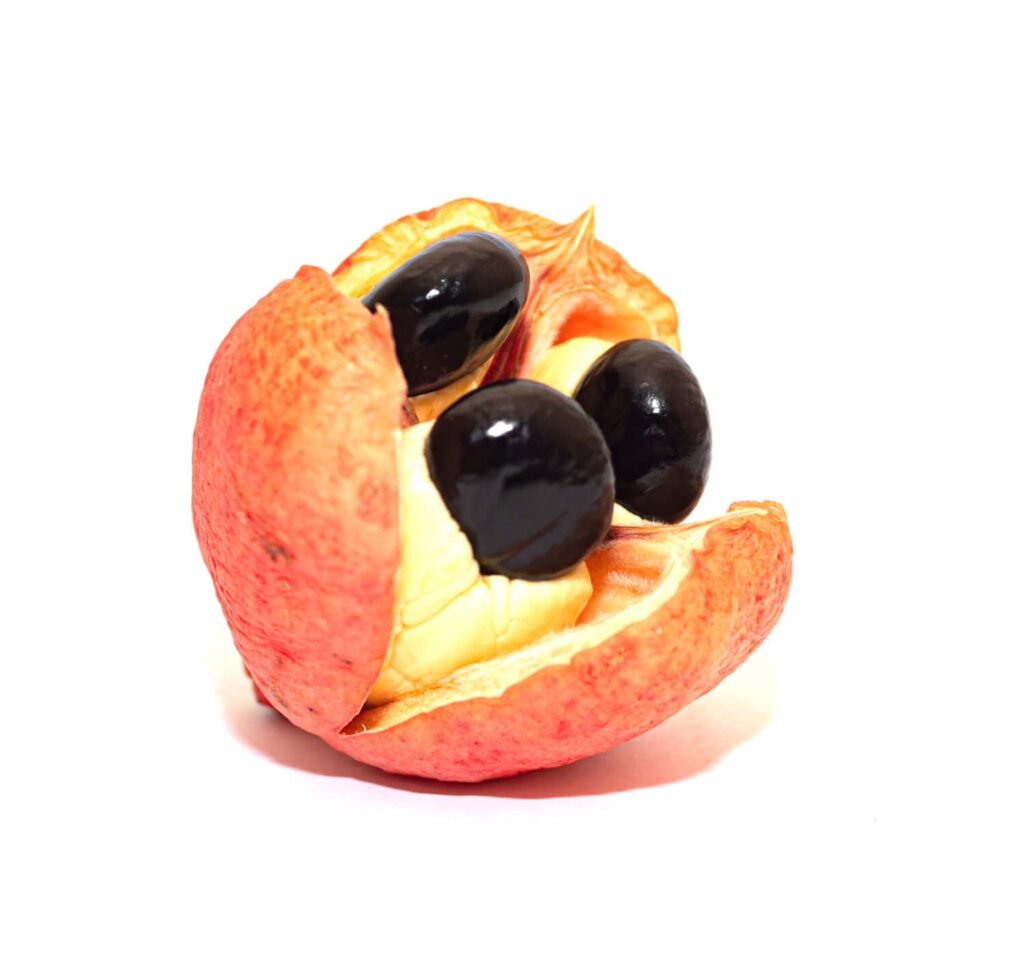 |
Apple (Tart Varieties) 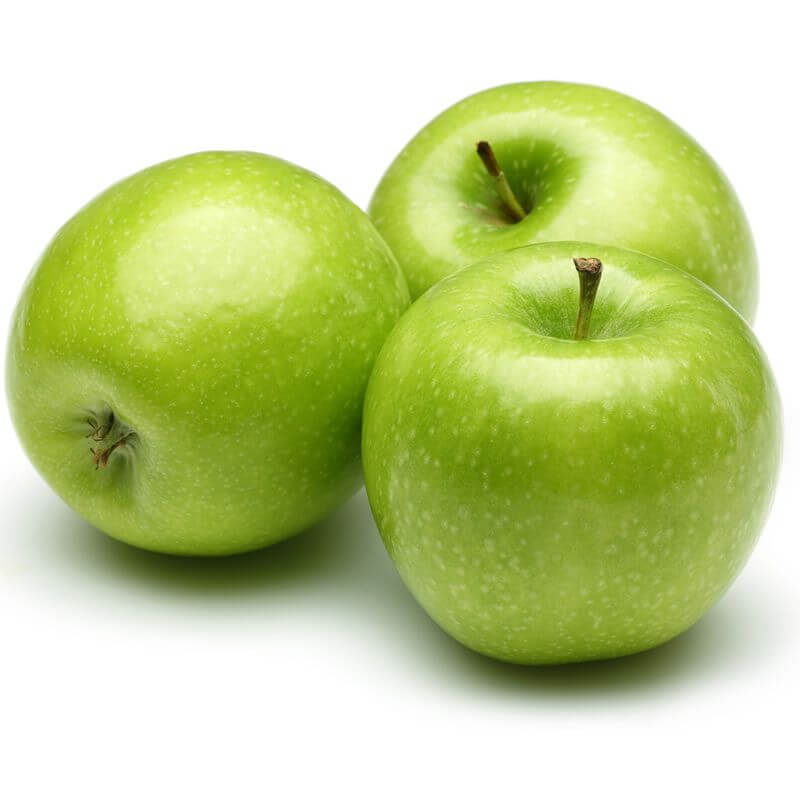 |
Avocados 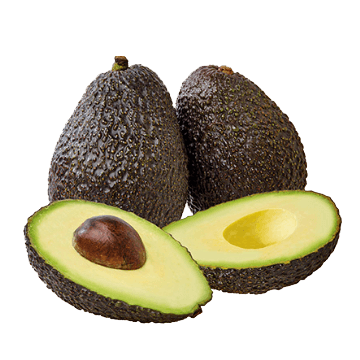 |
Bell Peppers 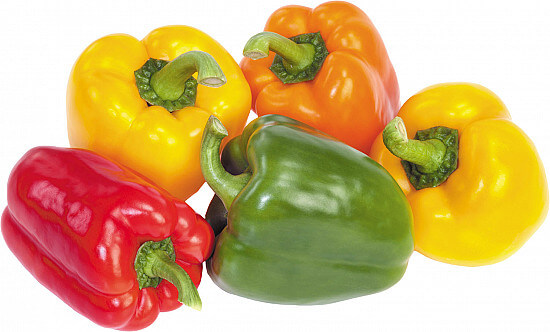 |
Bitter Melon 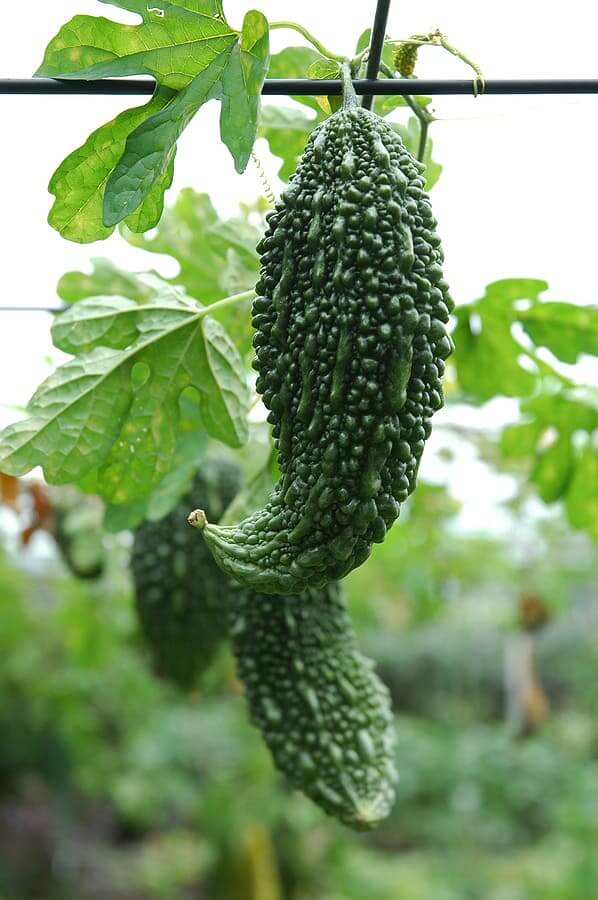 |
Bitter Orange 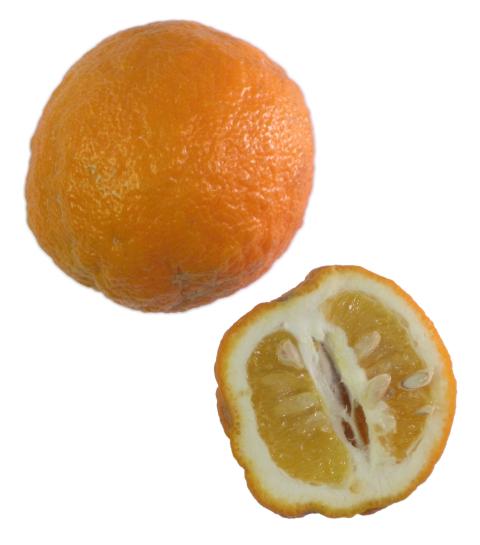 |
Breadfruit 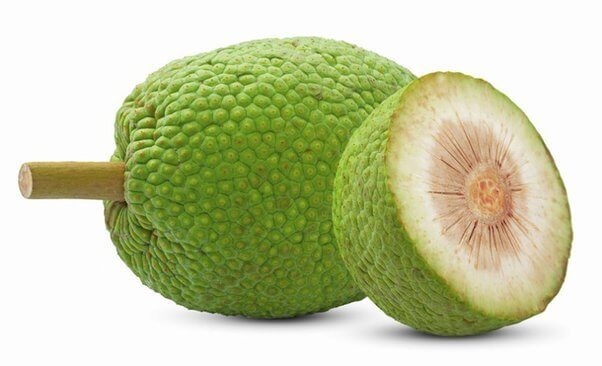 |
Breadnut 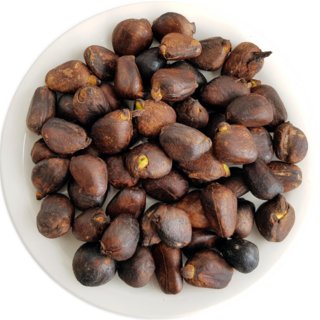 |
Calabash 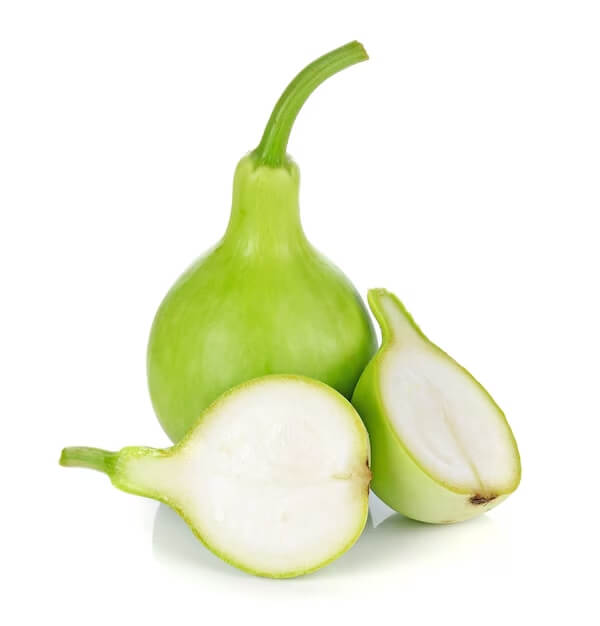 |
Chayote 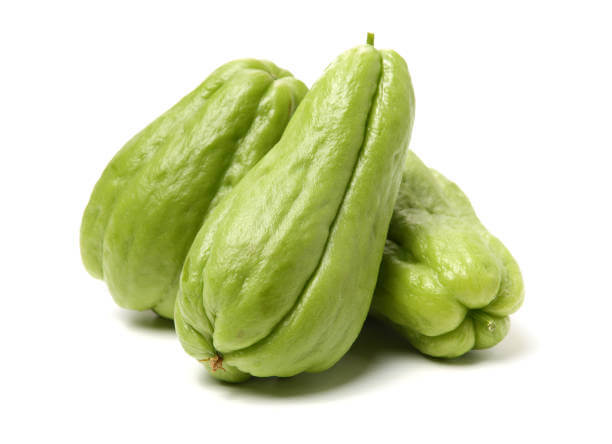 |
Chili Peppers  |
Cranberry (Fresh/Unsweetened) 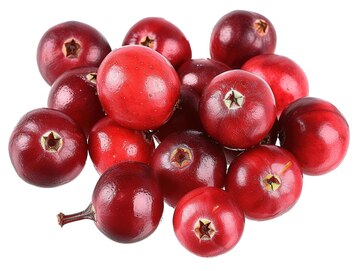 |
Cucumbers 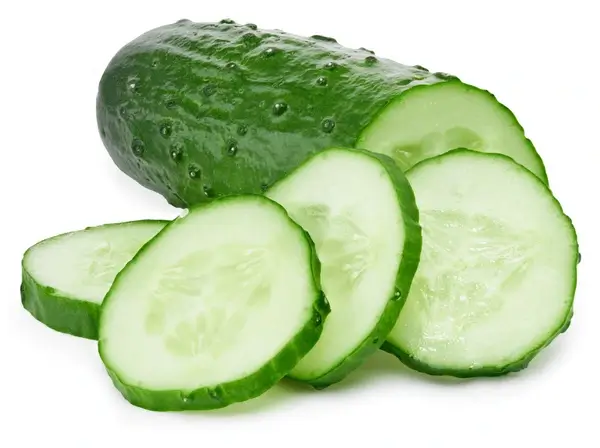 |
Dragon Fruit 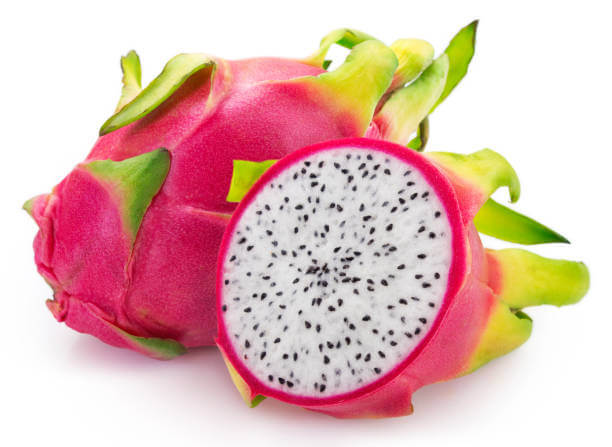 |
Durian 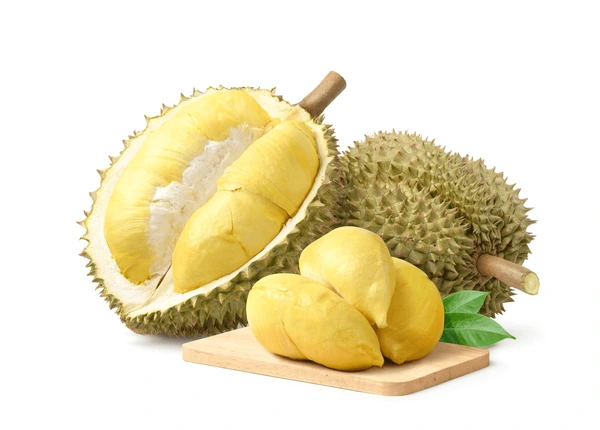 |
Eggplants 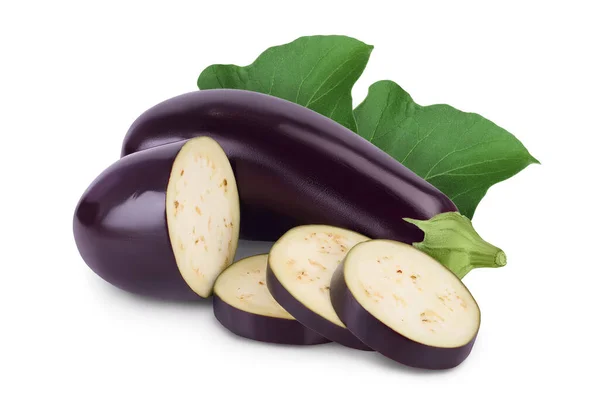 |
Feijoa 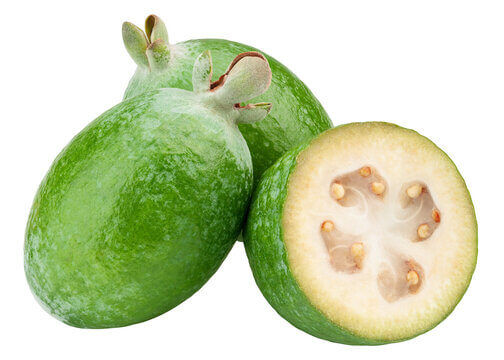 |
Grapefruit  |
Green Mangoes 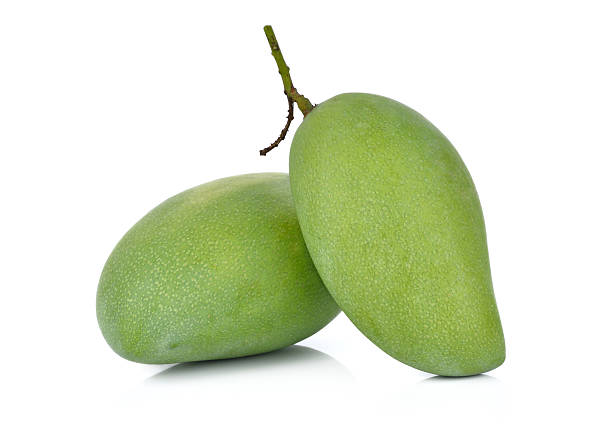 |
Green Papaya  |
Guava  |
Horned Melon 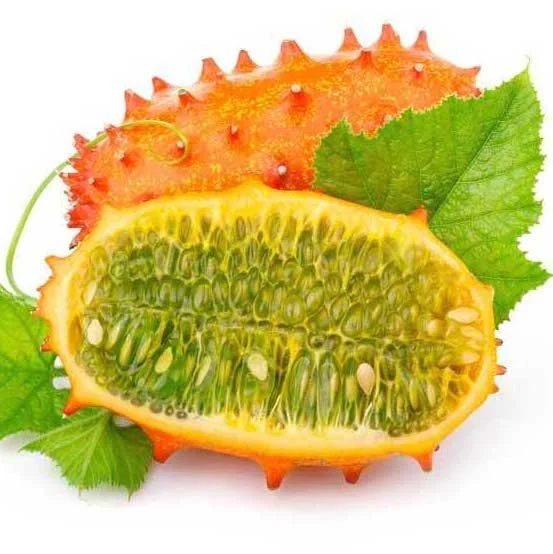 |
Jackfruit 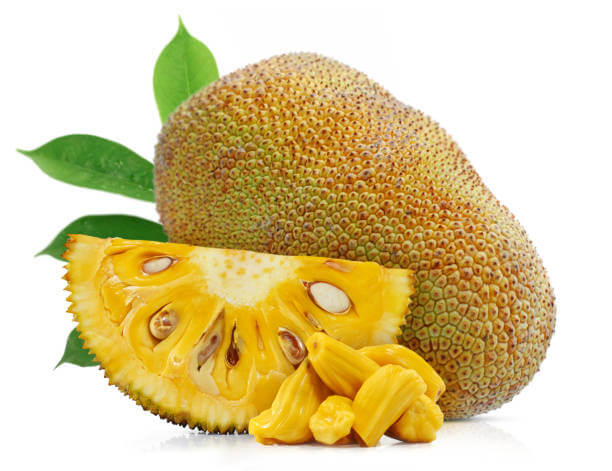 |
Langsat 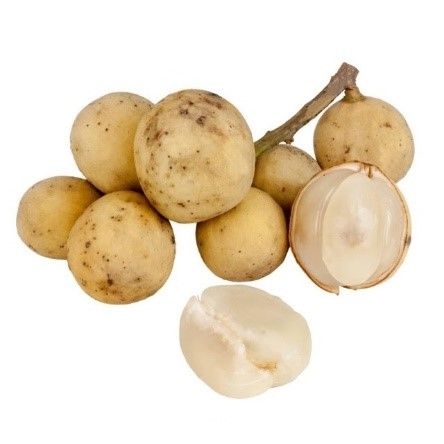 |
Lemons and Limes 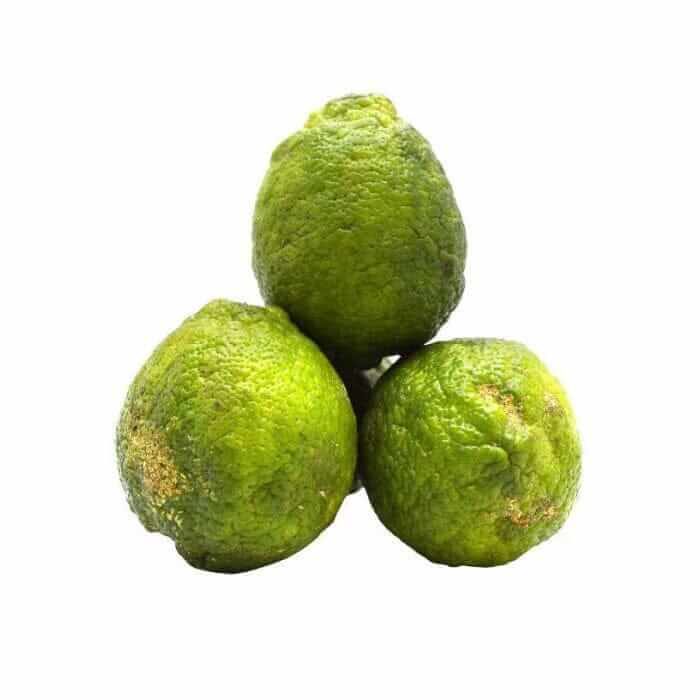 |
Moringa Pods 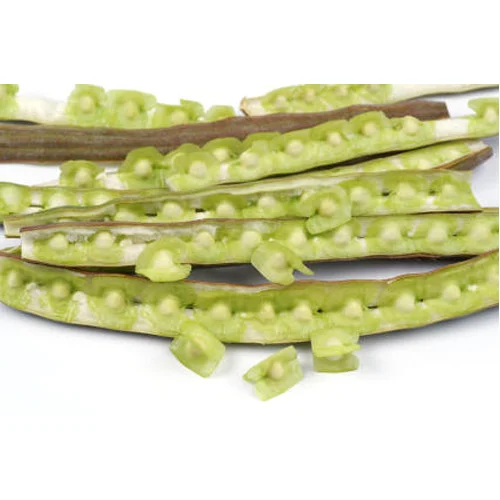 |
Olives 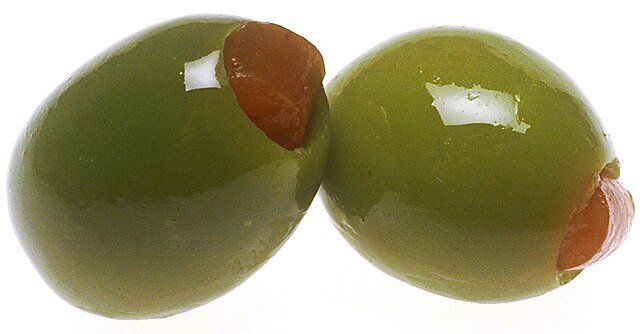 |
Pandanus Fruit 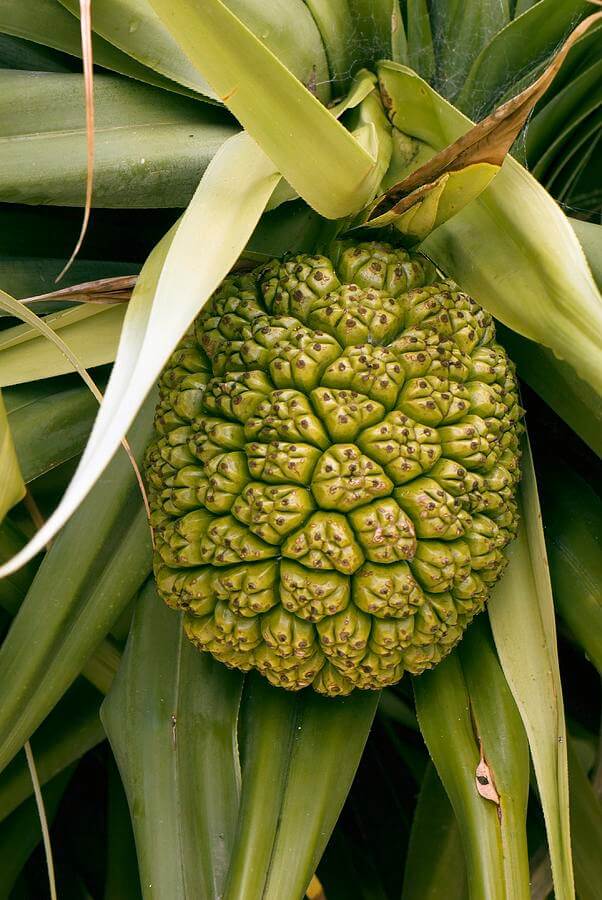 |
Pear 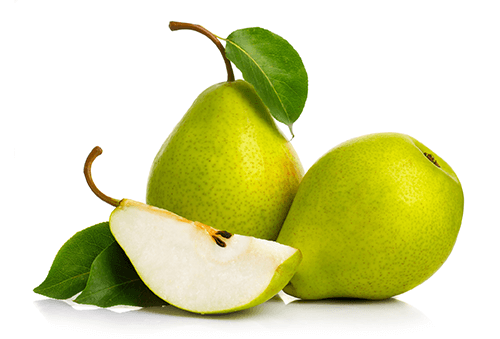 |
Plum 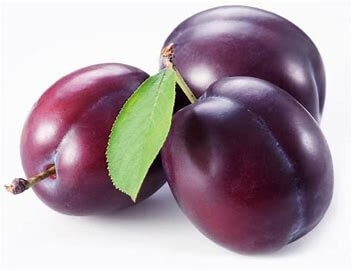 |
Pomegranate 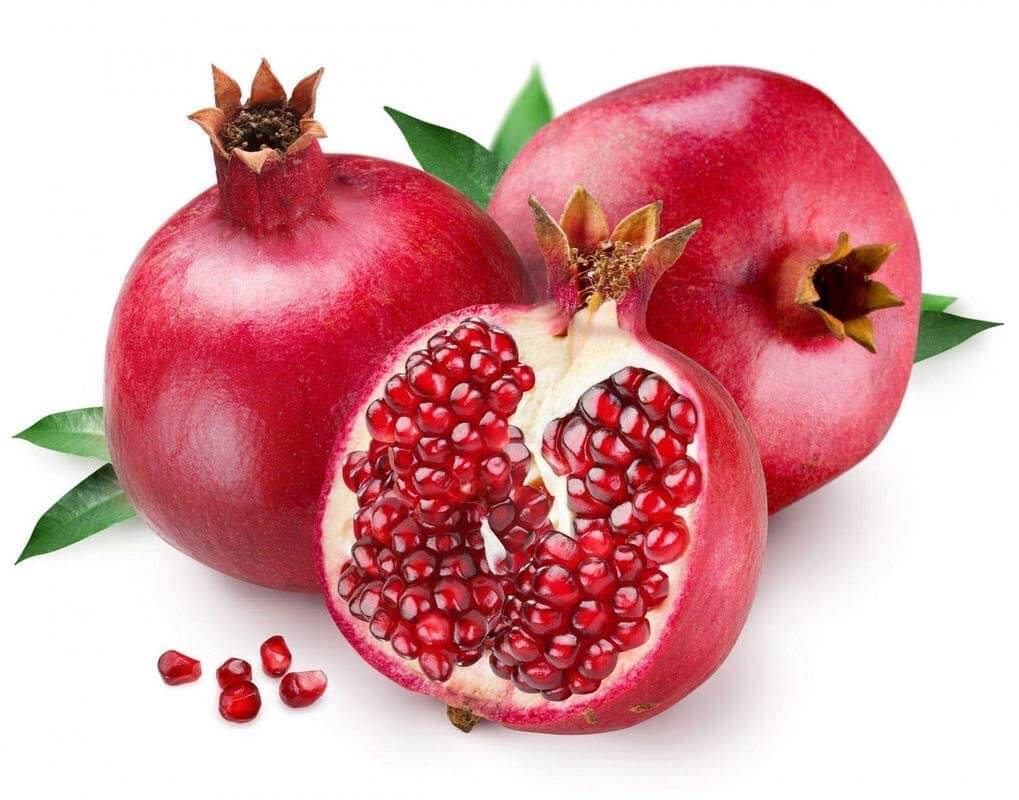 |
Prickly Pear 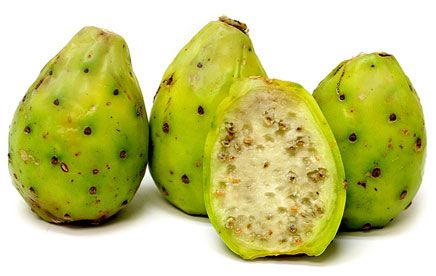 |
Pumpkins  |
Seagrape 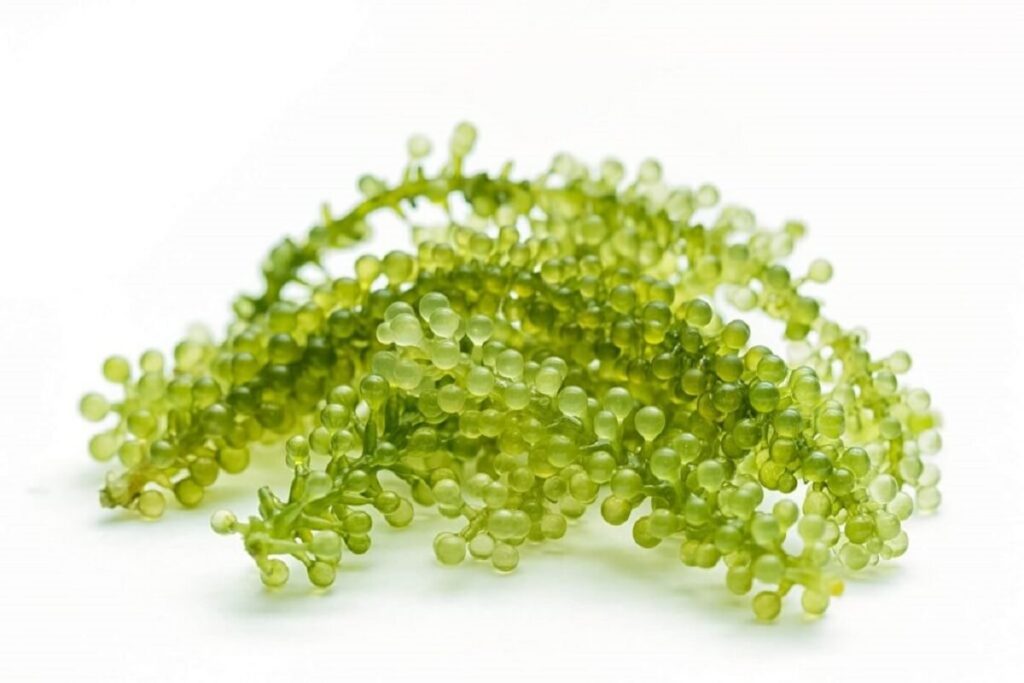 |
Soursop 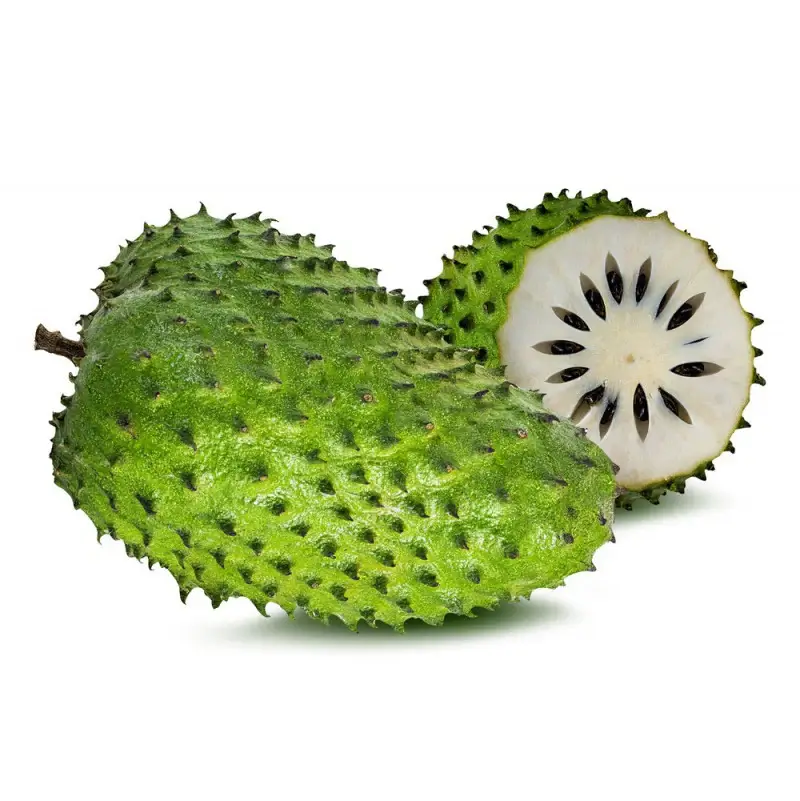 |
Star Fruit  |
Tamarind  |
Tomatillo 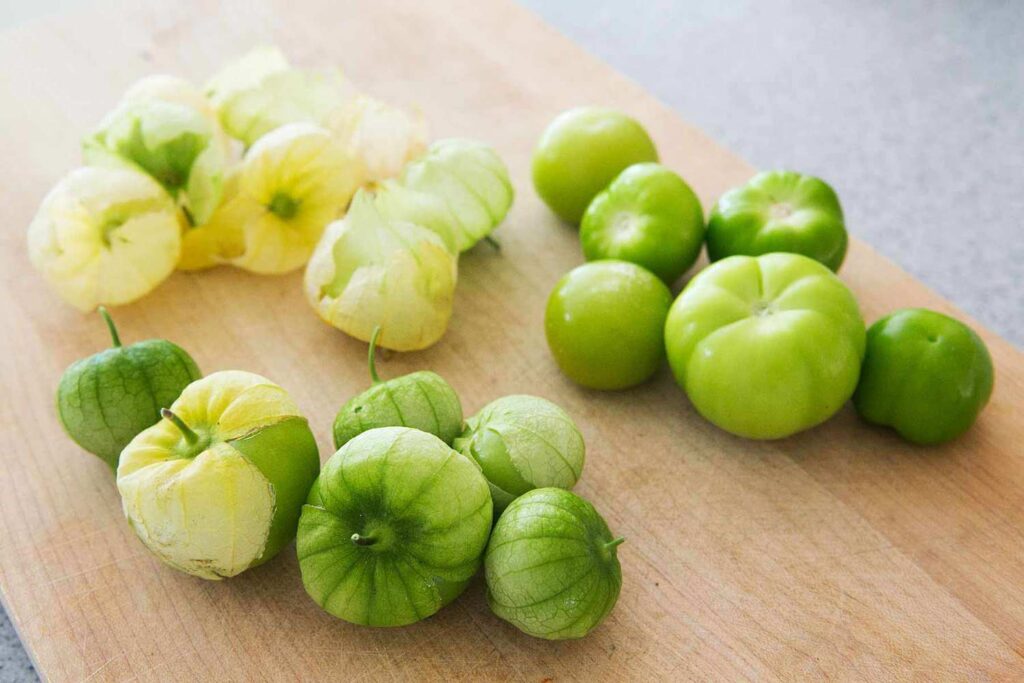 |
Tomatoes 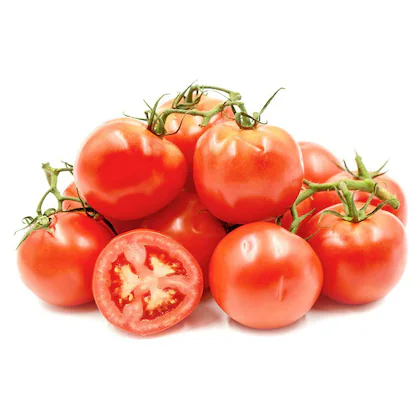 |
Young Coconut 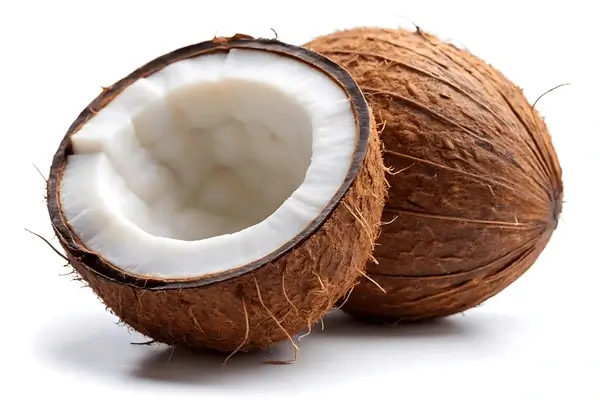 |
Zucchini 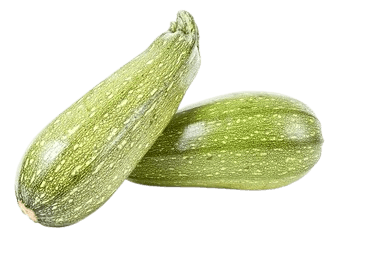 |
40+ Most Common Bitter Fruits
1. Olives

Olives are classic savory fruits, intensely bitter when raw and only palatable after curing. The process—whether brining, dry curing, or fermenting—unlocks their signature salty, tangy, and umami-rich flavor. They’re fundamental to Mediterranean cuisine, appearing in tapenades, breads, tagines, and pasta dishes. Their oil is equally prized for savory cooking.
2. Avocados

With their creamy flesh and subtle, nutty flavor, avocados are ideal savory fruits. They shine in dishes that highlight texture and fat—think guacamole, avocado toast with eggs and chili flakes, or sliced atop tacos and sushi. Their richness also balances acidic or spicy components, making them versatile in both raw and cooked preparations.
3. Tomatoes

Tomatoes are technically berries, and their bright acidity, meaty flesh, and umami depth make them a cornerstone of savory global cuisines. Whether roasted, stewed, sun-dried, or blitzed into sauces, tomatoes form the base for pasta, pizza, soups, curries, and salsas.
4. Chili Peppers (Capsicum)
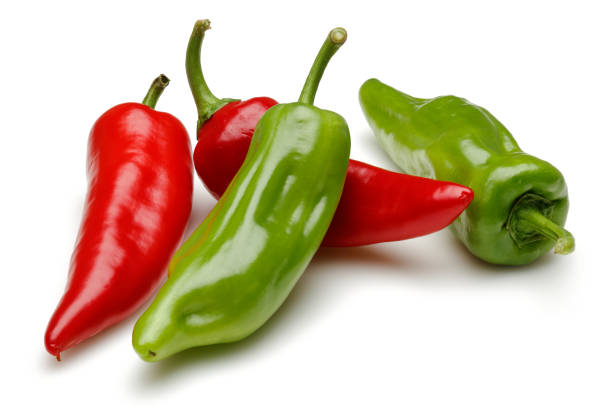
All varieties of chili peppers—from hot jalapeños and habaneros to mild bell peppers—are fruits. They don’t add sweetness but heat, bitterness, or vegetal tones, making them central to savory spice blends, hot sauces, stews, and stir-fries across countless cultures.
5. Bell Peppers

Bell peppers are sweet yet unmistakably savory fruits with crisp flesh and a mild vegetal flavor. Unlike hot chili peppers, they don’t bring heat, but they add brightness and body to savory dishes like stir-fries, fajitas, roasted vegetable medleys, and ratatouille. Red, yellow, and orange varieties are sweeter, while green peppers are slightly more bitter, making them especially useful in savory stews, sauces, and stuffing recipes. Their versatility and low sugar content keep them firmly in the savory fruit category.
6. Cucumbers

These watery, cooling fruits offer crunch and freshness without sweetness. Used in tzatziki, vinegar-based salads, and pickles, cucumbers are often served to balance spicier or oil-rich foods, especially in Middle Eastern and Indian cuisines.
7. Eggplants

Eggplants are technically berries, though their rich, meaty texture makes them ideal in savory meals. They absorb flavors well when fried, grilled, or roasted. Think eggplant parmesan, baba ganoush, or Thai basil eggplant stir-fry.
8. Zucchini (Courgette)

Mild and tender, zucchini is a blank canvas in savory dishes. It’s eaten grilled, sautéed, spiralized into noodles, or baked into fritters and quiches. Its delicate flavor is enhanced by herbs, cheese, and garlic.
9. Pumpkins

Pumpkins, especially savory varieties like kabocha and butternut squash, are often prepared as soups, roasted sides, or puréed into savory curries. Their earthy, starchy profile complements spices like cumin, cinnamon, or nutmeg in non-sweet preparations.
10. Chayote

Chayote, also called mirliton, has a crisp, pear-like texture and a bland taste that readily absorbs flavors. It’s common in Latin American and Southeast Asian dishes—boiled, stir-fried, or cooked in stews.
11. Green Mangoes

When unripe, mangoes are not sweet but tangy and fibrous. Sliced green mango is eaten with chili and salt, shredded into Thai som tam salad, or pickled in Indian and Filipino cuisines.
12. Tamarind

The dark, sticky pulp of tamarind pods is both sour and slightly sweet, making it ideal in savory sauces and condiments. It’s used in chutneys, pad Thai sauce, Indian sambar, and even Worcestershire sauce.
13. Breadfruit

Starchy and firm when cooked, breadfruit has a potato-like texture that absorbs flavor beautifully. It’s often fried, roasted, or simmered in Caribbean stews and curries, serving as a filling base in savory meals.
14. Lemons and Limes

Though technically citrus fruits, their sharp acidity and fragrant zest are primarily used to elevate savory dishes—think dressings, seafood marinades, stews, and sauces that need a bright, sour edge.
15. Bitter Orange (Seville Orange)

Too sour and bitter to enjoy raw, bitter oranges shine in savory applications. Their juice and peel are used in marinades (especially for meats like duck and pork), sauces, and even Middle Eastern stews.
16. Tomatillo

Encased in a papery husk, this tart green fruit is essential in Mexican cuisine. Tomatillos add a zesty, slightly earthy flavor to salsas, green sauces, and chili-based dishes like enchiladas verdes.
17. Feijoa (Pineapple Guava)

Though mildly sweet, feijoas have resinous, herbal notes reminiscent of mint and pine. This makes them well-suited for savory pairings with cheese, grilled meats, or in tangy chutneys and relishes.
18. Green Papaya

Completely devoid of sweetness when unripe, green papaya offers a crunchy, cucumber-like texture perfect for salads and slaws. It’s the star of Thai som tam, absorbing spicy, sour, and salty dressings beautifully.
19. Bitter Melon

With its unmistakable bitter bite, this bumpy green fruit is beloved in many Asian cuisines. It’s commonly stir-fried, stuffed, or simmered in savory broths, often with strong spices or fermented ingredients.
20. Calabash (Bottle Gourd)

Mild and sponge-like, calabash is a blank canvas for savory flavors. Used in Indian, African, and Caribbean cuisines, it’s ideal in lentil stews, soups, or pan-fried with spices in fritter form.
21. Young Coconut

While mature coconut is used in sweets, the tender meat and water of young coconuts play a vital role in savory cooking—especially in Southeast Asian curries, soups, and rice dishes where subtle nuttiness adds depth.
22. Ackee

Ackee is a Jamaican fruit with a buttery, savory flavor when properly cooked. It’s a national dish when paired with salted cod and served for breakfast. Raw ackee is toxic, so it must be prepared carefully.
23. Apple (Tart Varieties)

Tart apples like Granny Smith are used in savory slaws, pork roasts, and stuffing where their acidity adds contrast to richer flavors.
24. Pear (Less Sweet Varieties)

Pears with subtle sweetness are often served with sharp cheeses, cured meats, or roasted vegetables to balance savory platters.
25. Guava (Unripe or in Chutney)

Unripe guava or guava paste in chutney brings a tangy, savory element to Indian and Caribbean dishes.
26. Plum

Fresh or dried, plums are used in glazes, savory sauces, and salads, especially when paired with meats like duck or pork.
27. Cranberry (Fresh/Unsweetened)

Fresh cranberries are tart and often used in chutneys, relishes, and sauces served alongside turkey or game meats.
28. Dragon Fruit

While mostly mild and slightly sweet, dragon fruit can be used in savory salads for texture and color without overpowering flavors.
29. Prickly Pear (Cactus Fruit)
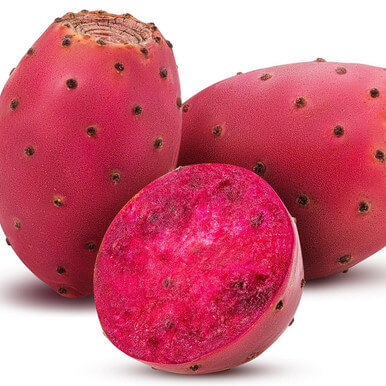
With a mildly sweet and earthy profile, prickly pear is often served with lime and chili, especially in Mexican street snacks and salads.
30. Durian

Durian’s strong, cheese-like odor and flavor make it surprisingly suited for savory dishes like sticky rice, soups, and spicy curries in Southeast Asia.
31. Soursop (Unripe)

Unripe soursop is tangy and fibrous, used in Caribbean soups and stews where it imparts a sour depth to savory broths.
32. Horned Melon (Unripe Kiwano)

Unripe kiwano melon has a tart, cucumber-like flavor and adds freshness to salsas, salads, or even seafood dishes.
33. Star Fruit (Carambola)

Tart and citrusy, star fruit is used in savory salsas or as a tangy garnish with grilled fish and meats.
34. Breadnut

This starchy fruit is a cousin of jackfruit and breadfruit. Its seeds are roasted or boiled and taste nutty, like chestnuts, making them ideal in savory preparations.
35. Jackfruit (Unripe)

Unripe jackfruit has a meaty texture and neutral flavor that absorbs spices well. It’s used in vegan curries and shredded as a meat substitute in savory sandwiches.
36. Langsat (Underripe)

While ripe langsat is sweet, the underripe fruit is tart and slightly bitter, occasionally used in sambals or as a souring agent in savory condiments.
37. Pomegranate

Pomegranate seeds are tart and juicy, commonly sprinkled on salads, rice, or stews to add contrast and brightness.
38. Grapefruit

Its sharp bitterness and acidity make grapefruit a great addition to savory salads, grilled fish, or spicy dishes like ceviche.
39. Pandanus Fruit (Screwpine)

While the fruit isn’t typically eaten fresh, its parts are used in Pacific Island cuisine for their nutty, savory flavor in traditional dishes.
40. Seagrape

Native to the Caribbean coast, seagrapes are often pickled or made into savory preserves, adding a briny-tart complexity to meals.
41. Moringa Pods (Drumstick Fruit)

These long pods from the moringa tree are technically fruits and are widely used in Indian dishes like sambar. They have a green, earthy, and slightly bitter flavor.
